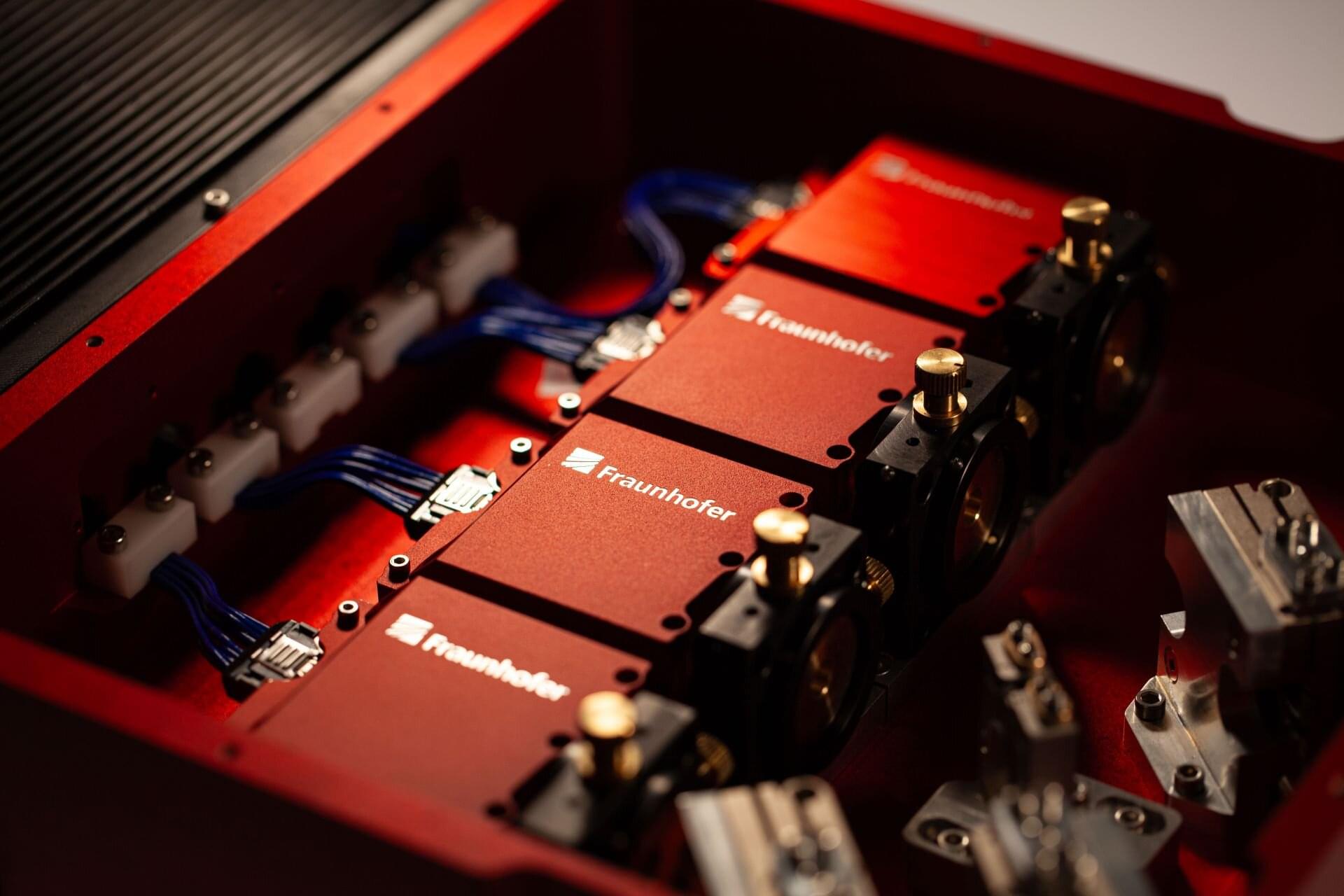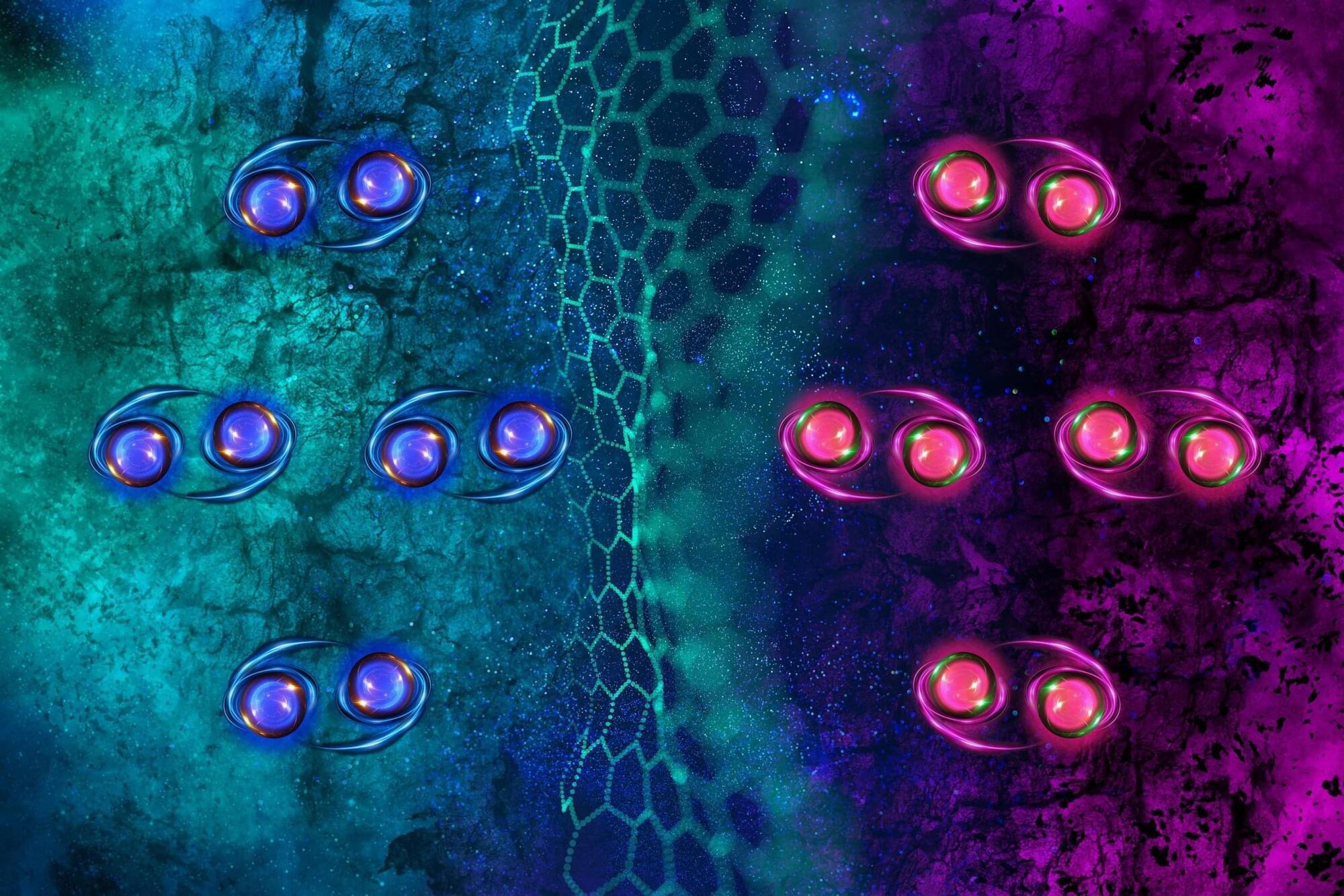Resonantly tunable quantum cascade lasers (QCLs) are high-performance laser light sources for a wide range of spectroscopy applications in the mid-infrared (MIR) range. Their high brilliance enables minimal measurement times for more precise and efficient characterization processes and can be used, for example, in chemical and pharmaceutical industries, medicine or security technology. Until now, however, the production of QCL modules has been relatively complex and expensive.
The Fraunhofer Institute for Applied Solid State Physics IAF has therefore developed a semi-automated process that significantly simplifies the production of QCL modules with a MOEMS (micro-opto-electro-mechanical system) grating scanner in an external optical cavity (EC), making it more cost-efficient and attractive for industry. The MOEMS-EC-QCL technology was developed by Fraunhofer IAF in collaboration with the Fraunhofer Institute for Photonic Microsystems IPMS.









